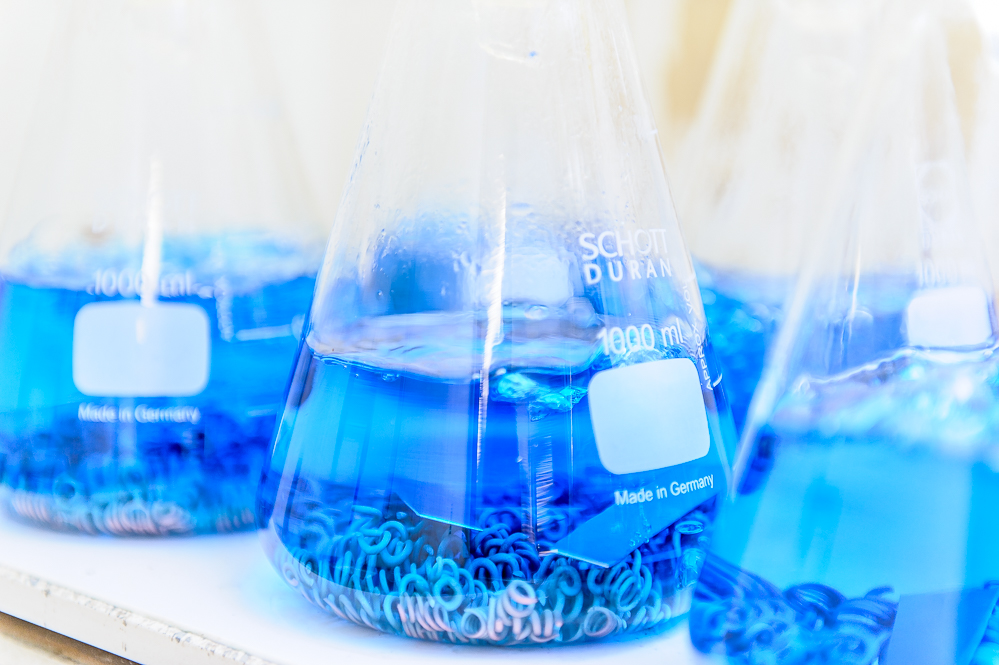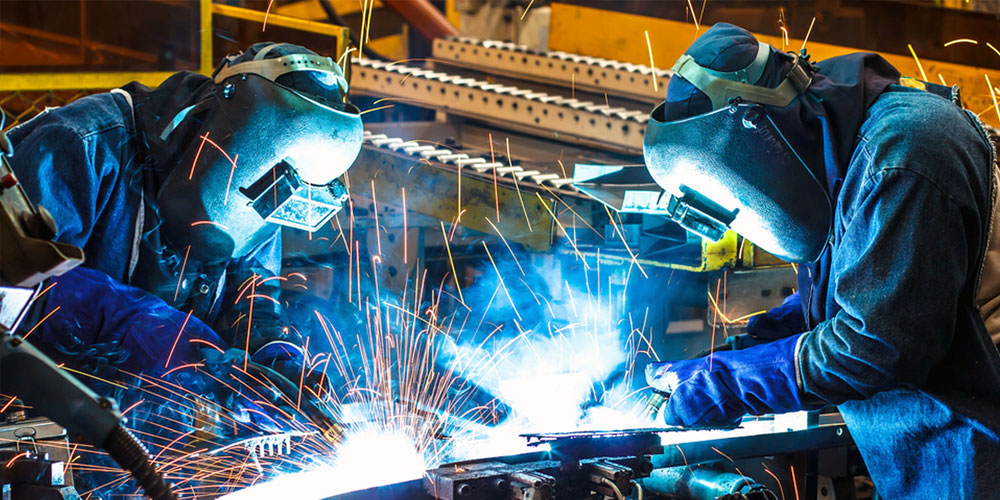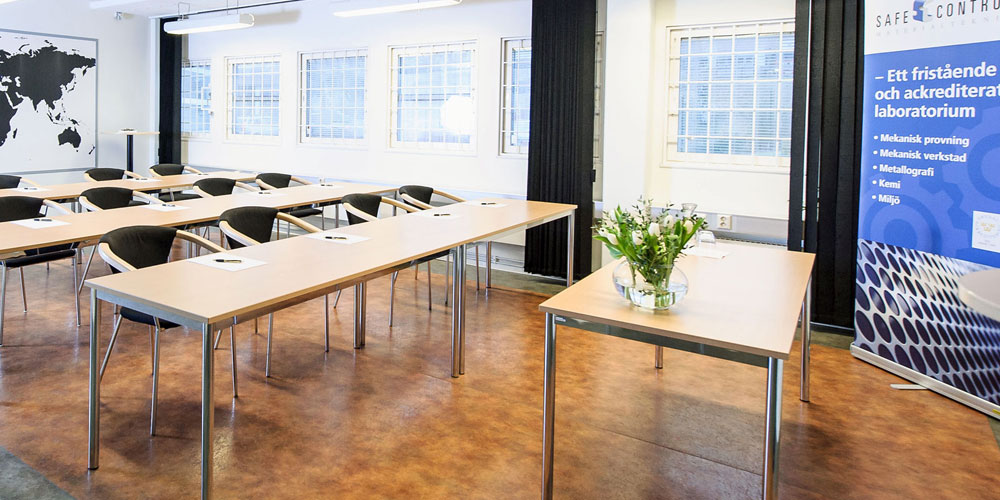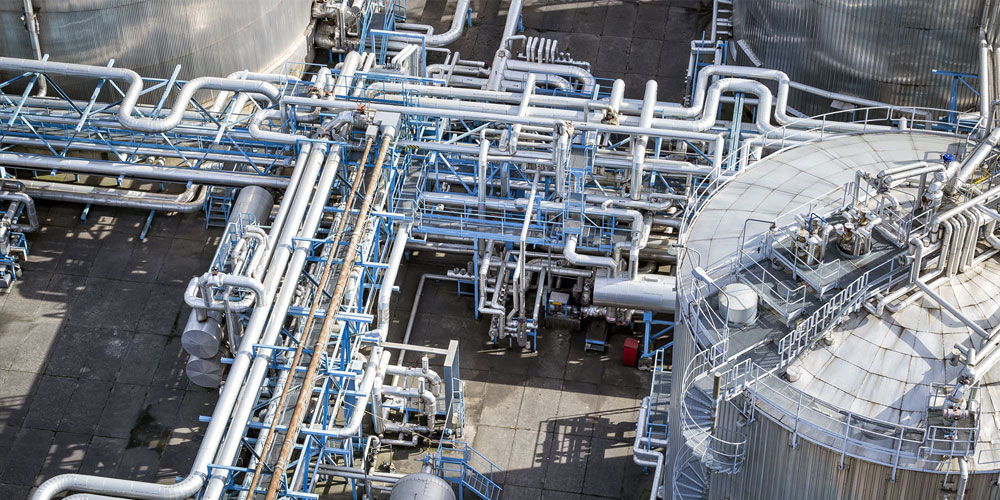Corrosion testing
In our well-equipped laboratory, qualified chemists and metallographers test and document the corrosion resistance of various materials.
We compare the corrosion resistance of different materials when choosing materials in a specific environment.
In corrosion testing, a material is subjected to an accelerated corrosion process in a specific environment under strictly controlled conditions.
We perform both standardized and tailor-made corrosion tests. In damage investigations, corrosion damage on various materials, coatings and details are determined and examined.
Intergranular corrosion test
Austenitic steel
The test shows a material’s tendency to intergranular corrosion, which is selective and takes place close to the material’s grain boundaries. Due to the formation of chromium carbides in the grain boundaries, which leads to adjacent areas being depleted of chromium, the material becomes more susceptible to corrosion in these depleted areas.
Standardized test pieces are taken out and, if necessary, heat-treated (sensitized) before the material is boiled in the intenden corrosion solution for a specified period of time (15, 24 or 72 hours).
Pit corrosion test
General corrosion testing for stainless steels
During the test, the corrosion resistance of the material is evaluated by making a weight determination before and after the test. Furthermore, the possible pits are documented with regard to depth, number and extent.
Standardized test pieces are taken out and placed in a corrosion solution adapted for the test, and at designated temperature, for a period of time varying between 24 and 72 hours.
Customer-specific tests
Customer-specific tests are performed, for example, in the manufacture of a material or product, when there is a need to ensure its corrosion resistance. Tests also take place when the client has a specific requirements picture where the material must meet specific standards.
When welding, the material’s influence on the effects of welding is examined and the heat-affecting zone (HAZ) is particularly interesting in order to establish that the corrosion resistance of the material has not deteriorated.

Scope of Accreditation
- SS-EN ISO 3651-2
- ASTM A262 | Method A, B and E
- ASTM G48 | Method A, B and C
- ISO 9400 | Method B
Damage investigations
We carry out breakdown and damage examinations to, among other things, determine and investigate corrosion damage, its corosion process and origin.
Do you want a quote?
Contact us today!
Contact person
Catarina Wernlund
Head of Chemistry
Phone: +46 (0)31-65 64 93
first.lastname@safecontrol.se

Accreditation
Safe Control Materialteknik AB is accredited since 2001 and has had flexible accreditation since 2016.
All testing takes place against European and international standards.
See our Scope of Accreditation »




